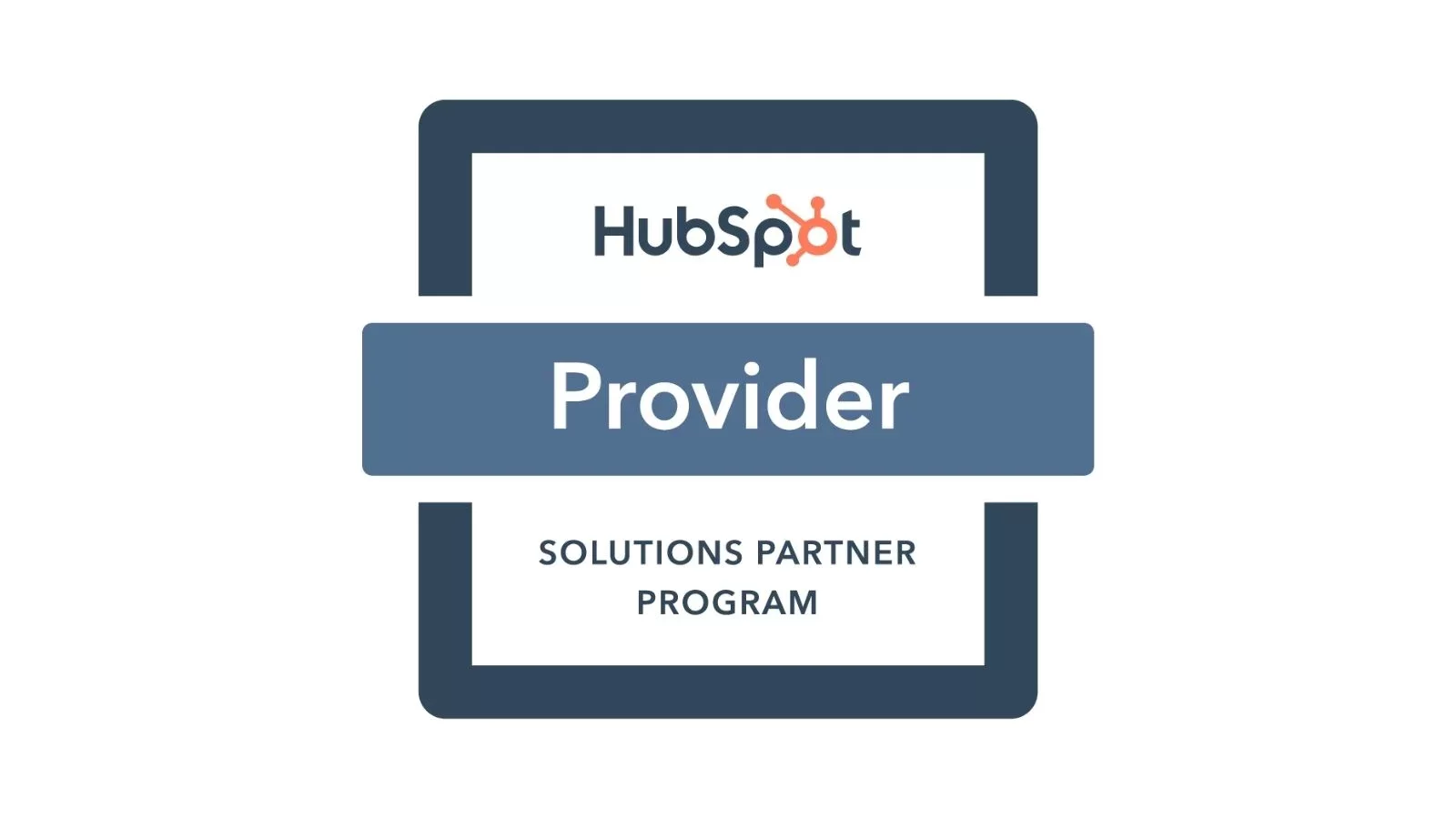15 elements to consider in a web design project
This article is for you if you are a marketing person in a company or organization responsible for a web design project (we’ll explain what that means) or an entrepreneur on a fresh start who tries to understand how he can improve his audience’s experience on the website of the startup his is launching.
What is web design?
Web design – refers to the design of the websites that are displayed on the internet. It’s usually about the aspects of the user experience in website development, rather than software development. Web design used to focus on designing websites for desktop browsers; however, since the mid-2010s, design for mobiles and tablets has become increasingly important. (Interaction Design Foundation)
Nowadays two relatively new disciplines, UX Design (user experience design) and UI Design (user interface design) define much more clearly what web design means. The first one refers to how the experience the user has when accessing a website is built, and the second to how the website looks graphically.
Now that we have defined very, very briefly what web design means, let’s go further to the 15 points you must consider when starting a web design project
1. Why are you doing this?
This is the most important question you will have to answer to. Why do you need a website, or why do you need a new website (if there is already a website that you will replace)? The answer to this question must be related to two elements: the objectives you are pursuing (marketing, communication, etc.) and, most importantly, your commitment to helping the targeted client, to solve his problem. If you cannot answer this question very clearly, do not start a web design process, either you do not need it, or you are not prepared to manage it.
2. It’s not about you, it’s about them, about those who reach the website
You will build the website for the audience you serve. You don’t build it to show how wonderful your team is, how many things you’ve done, or how many products, services, and promotions you have. Not! Not only that, but you build an experience to make your visitor’s life a little better. You understand him, you respect his time, you seek to solve his problem with dedication through the services, and products that your company, or organization offers. It’s not about you, it’s about him, remember that, and you’ll have a good starting point in this web design project.
3. UX design and UI design
Seek to understand the terms UX design and UI design. Try to find out more about what those disciplines mean, about the processes involved, and how they contribute to the development of a valuable web design project. These disciplines have evolved a lot during the past years, they come with a suite of methods, steps. By definition, they mean focus on the user, on his experiences, on understanding him. Without understanding these disciplines, even on a minimum level, you won’t be able to start a web design process. The risks are to begin with an unprofessional team, to skip stages, to wrongly set the objectives, to miss the research, to make something irrelevant for stakeholders, something that won’t help you reach your objectives, in the happy case where you will manage to define them.
4. Understanding the audience – the most important step
The web design process includes many steps, we will talk about them in a new article. The most important step is to understand the audience. To be able to create a useful experience for them, to really offer them a solution, to respect their availability of time you will have to understand them. If you can’t manage to understand the audience you will make something irrelevant, hard to use. An exaggerated example is this – creating a website according to the need of a baby for a company that sells diapers. In this case, it’s obvious that the website must be created for baby mothers. Fortunately, or unfortunately, this process is the first one in a web design project. Unfortunately, if you ignore it, you will build on the wrong foundation and all the following efforts will be in vain. Fortunately, it’s the first step. If you make it correctly you will have a super foundation in your project. Define personas. There is a lot of online information about how to define personas and about their role.
5. Don’t build in the abstract!
It’s very useful to look around, to be anchored in reality. It applies to life as well. Yes, it doesn’t apply to artists, but your purpose is to make something to serve a fairly well-defined audience. It will be useful to understand what is the approach other companies, organizations have in serving your target audience. A certain user behavior has been generated from the way the market has evolved and implicitly the online presence of the main companies. A revolution in this regard may be risky. It may not fully help the user, he may not be fully familiar with the approach. For example, the minimalist design with a sandwich menu (the menu is hidden, it can be accessed by clicking the 3 parallel lines displayed in the right or left corner) is quite difficult to understand by the audience in the Romanian real estate market of 2021. Such an approach will generate a less good user experience. This process is achieved in the audience understanding and testing stage (UX).
6. UI design – the visual part generates the first impression
The first impression matters, especially nowadays. You will create it through UI design (user interface design). There are a few basic rules: don’t use stock design, purchased templates, or graphic elements – in this way you won’t risk your website resembling others. Don’t use free stock photographs. You risk that the images you use can be found on dozens of other websites or even in street ads. Don’t complicate things. Don’t imitate! Maybe you will find websites that you like, some of which you are fully connected to, don’t imitate them, your website must have unique elements. UI design doesn’t have to be created out of nothing, it will have to have a base in the style guide, to take elements from it to highlight the elements of visual identity. It will have to be clear for the user since the first second he has reached your brand’s website. He will be helped by the logo, the colors, the fonts, but also by other specific elements.
7. Test
You can’t make things perfect. You have to make them and test them. Any UX project implies testing. It is a very efficient method of making right the things that haven’t been well-designed before the official, public launch. Testing must begin in the prototyping stages, those stages that allow major modifications with minimum intervention. More clearly, it’s important to validate a direction before starting a complicated coding of a project. After the UI and coding parts are made it will be extremely difficult to bring modifications to the project.
8. Testing before coding
We repeat the idea above and we highlight the fact that you will have to test before you have a final UI and start coding. You can test through a variety of methods. The UX team will definitely know what methods will work better for your situation.
9. Less is more
The tendency is to use all the content, to serve “everyone” through the website, to ignore personas and sacrifice any form of focus. There will be pressure from all sides. It will be important to have courage, to clearly identify who you serve and simplify the content, fluxes, and all interaction forms as much as possible. The simpler everything you make, the better for the user. Nowadays, people don’t read websites, they scan them. That is what all the studies indicate. So the simpler it is, the greater the value perceived by its users.
10. Try to tell a story
You already have to take into account too many things, but if you manage to tell a story you will win the user more easily. Nowadays nothing seduces in digital media more than an authentic story, a journey in which you take the user to really help him solve a problem. It won’t be easy to tell a story, you will need a foundation, brand strategy elements (because it’s the story of your brand), and a lot of courage and creativity.
11. How to validate UX and UI teams
Seek to understand what methods they use, what is the way to help you achieve your goals. Analyze the care they have for research and the focus to serve the customer. These things make the difference. Try to get examples of projects they made where you can see not only the result but the process as well.
12. What happens after launch?
The collaboration with the web design team (UX and UI) will not end after the launch of the project. Another stage of analysis and fine-tuning (optimization) follows. Now, it will be possible to analyze in depth the visitor-website interaction. It is important that these actions are carried out over a longer period of time, at least 3 months, using specific mechanisms (we mention here a few solutions: HotJar, Google Analytics). In this stage, the obtained data will be interpreted and measures will be taken to improve the interaction, which may involve both changes to the interface and flows, obviously, they may also involve coding, the re-involvement of the programmer team on clear points of intervention.
13. Redo a website? – pay attention to the SEO area
An old website means pages indexed in search engines, pages that appear in the first search results for words specific to your domain. If there is no plan for these pages as well, most of the SEO work done previously will be lost in a few weeks/months.
14. How do you know if the web design process was a success?
There are many KPIs that you can take as a benchmark – visits, average search positions, time spent on the site, direct feedback from visitors. Try to set the objectives correctly, make them measurable, and monitor them after the launch. In short, a web design process is successful if it helps the visitor more. Here it should also be noted that users have great inertia to change. Therefore, in the research (UX) stage, you will have to measure this resistance to change. If we are talking about a redesign process, if you reinvent the wheel, if you change the site from the ground up, even if the experience will be a better one, you will generate frustration for the visitors who often came to the site in the past. A good example here is the Amazon website – which, although it is the largest store on the globe, has not received radical changes over time, it is in a slow process of improvement.
15. Technological trends
It is good to understand and use the ones that help the visitor. For example, adapting to mobile devices was not something common for a website 10 years ago, but now it is something essential. Depending on the field in which you are active, there is a huge number of tools, facilities, options, and innovative elements that you can incorporate into the site. Seek to have a balance, to build something very simple that through innovation will bring a very good experience to the visitor.

















Leave a Reply
Want to join the discussion?Feel free to contribute!